The cemetery is far too refined, indeed almost mannerist, to count as an example of brutalism. We have included it anyway to emphasize the immense fascination that the sculptural treatment of concrete had at the time.
Brion Cemetery (Tomba Brion)
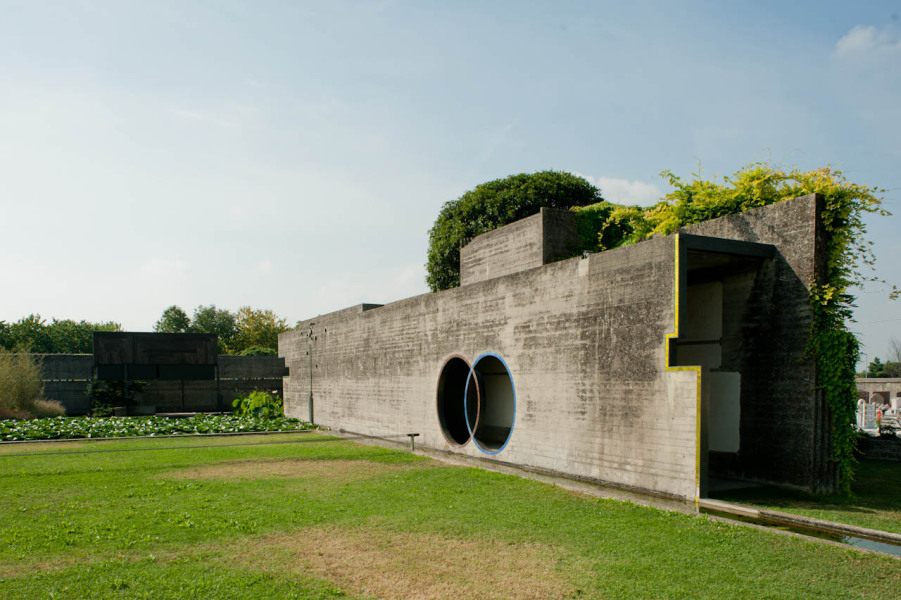

The cemetery is far too refined, indeed almost mannerist, to count as an example of brutalism. We have included it anyway to emphasize the immense fascination that the sculptural treatment of concrete had at the time.
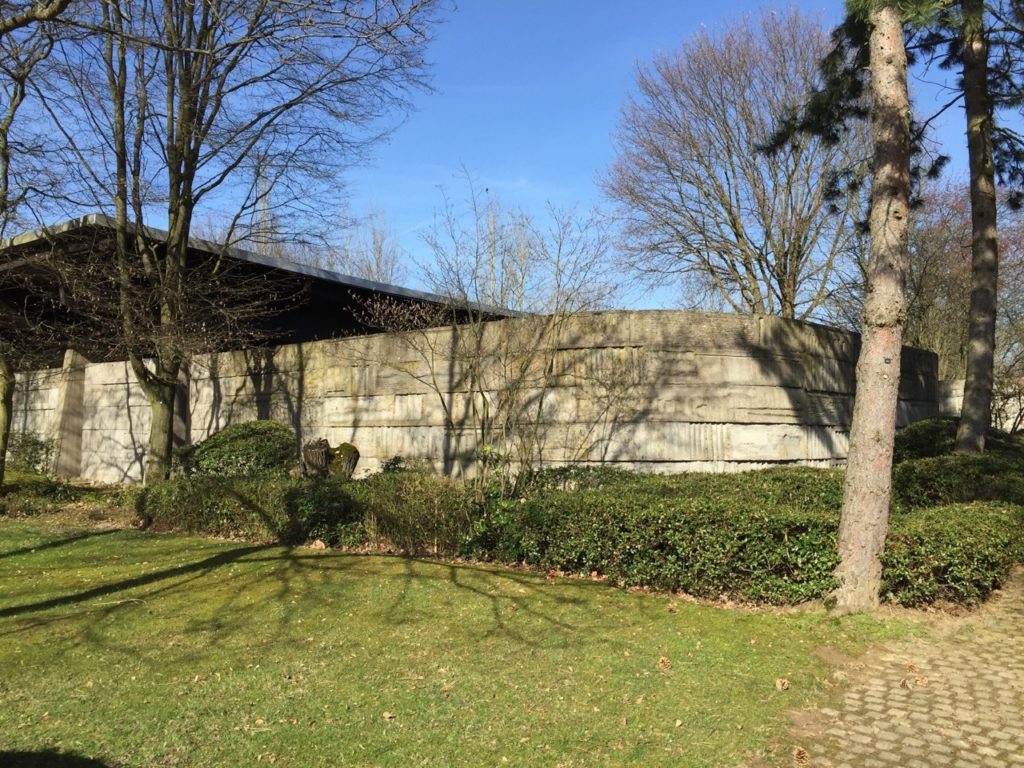
No description yet: Can you help?
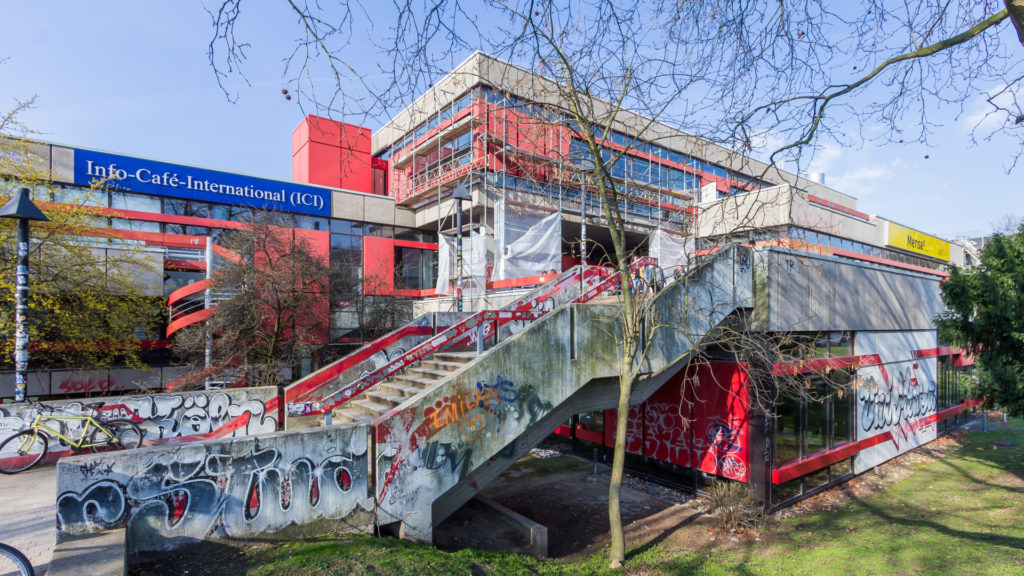
No description yet: Can you help?
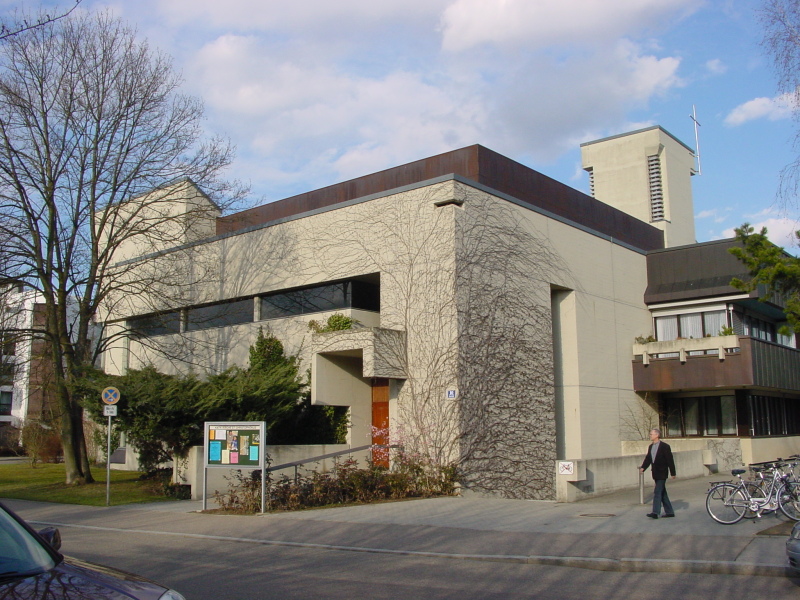
The cubic volume encloses the central sanctuary, which boasts walls structured in a manner that abstracts from traditional approaches.

In the 1970’s, the building, known as “Post-Pyramid” in the vernacular, was built in the “City Nord”. The design of the new office district, located between the airport and the city centre in the north of Hamburg, was based on…
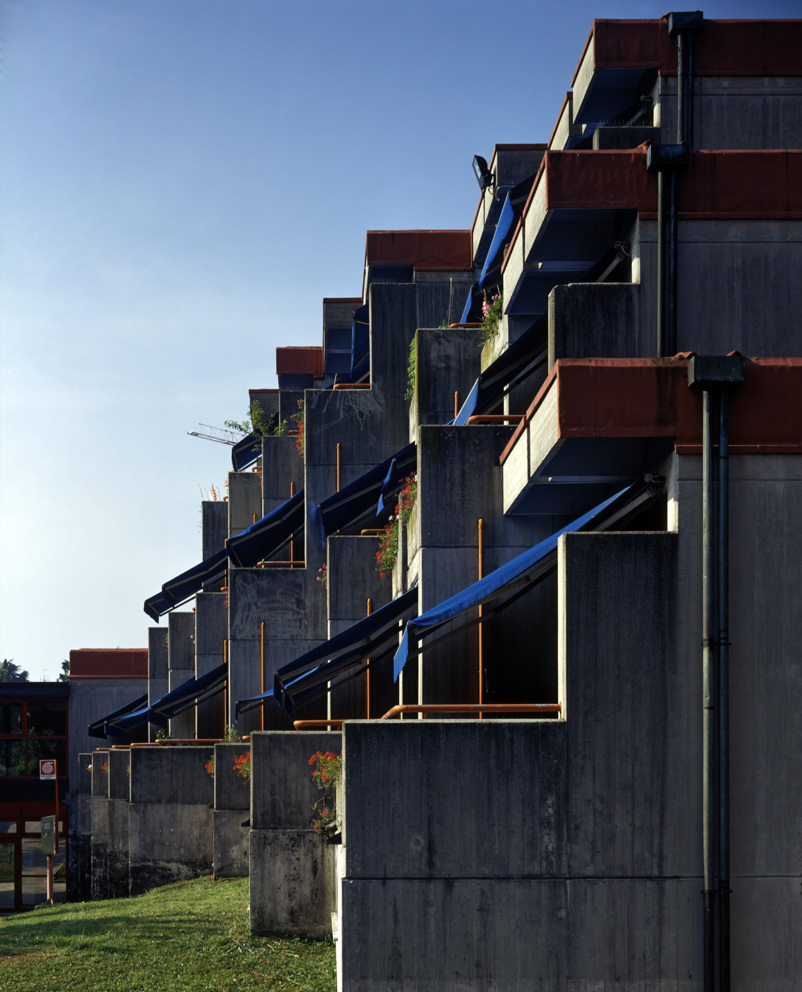
No description yet: Can you help?
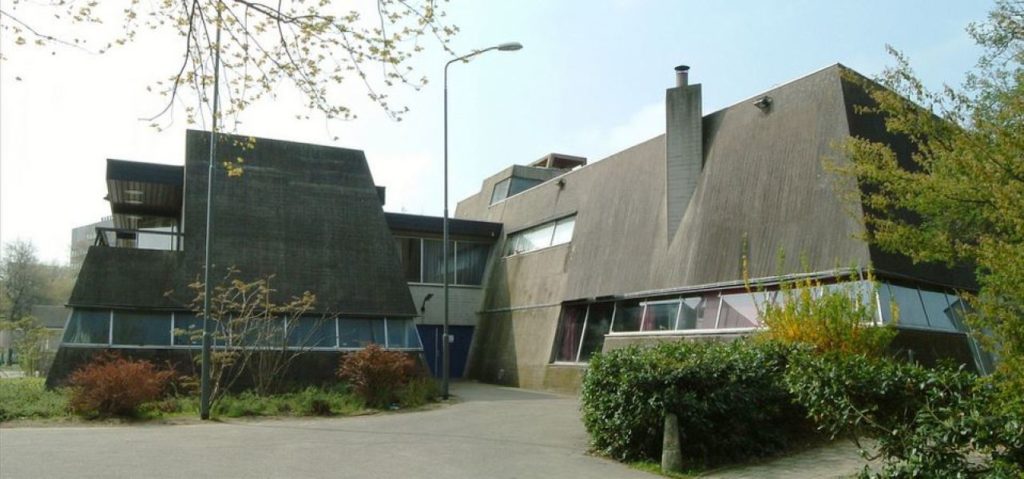
Locally known as „the bunker“, this massive exposed concrete building is an example of the fascination with military architecture that played an important role for many architects during the evolution of Brutalism.
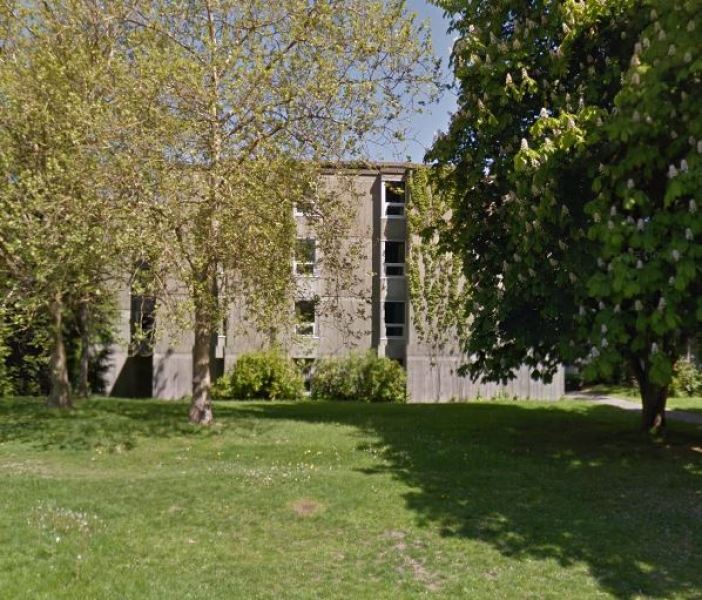
No description yet: Can you help?

Faller + Schröder presented a new archetype of stepped housing complexes in the 1960s and 70s, similar to Neave Brown’s Alexandra and Ainsworth Road Estate. Unlike stepped residential complexes shaped like triangular prisms with steadily decreasi…
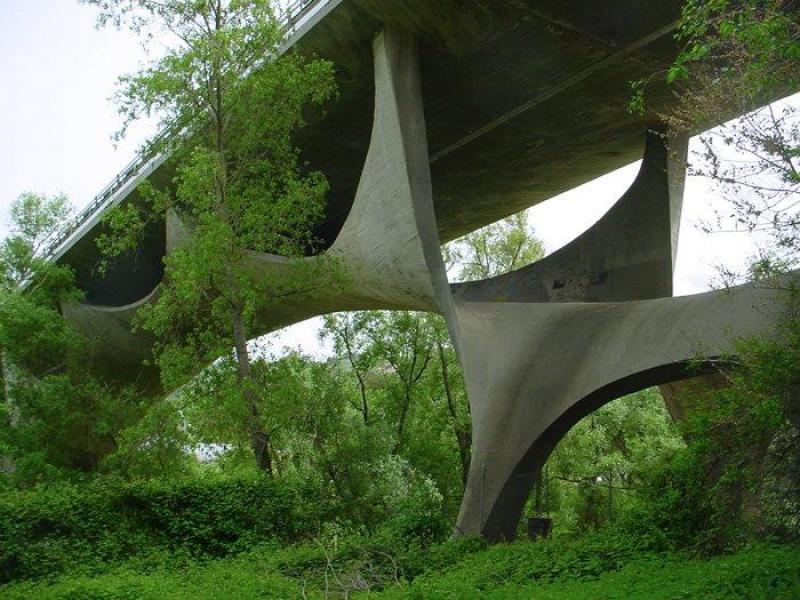
No description yet: Can you help?
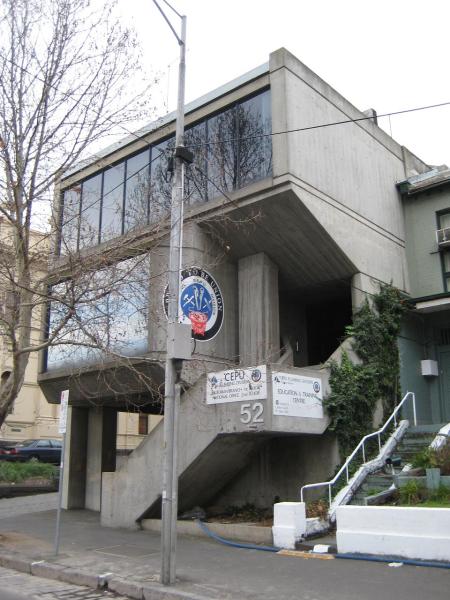
The building counts as one of the earliest examples of Brutalism in Victoria. Massive polygonal exposed concrete volumes are cantilevered and recessed into distinctive shapes.
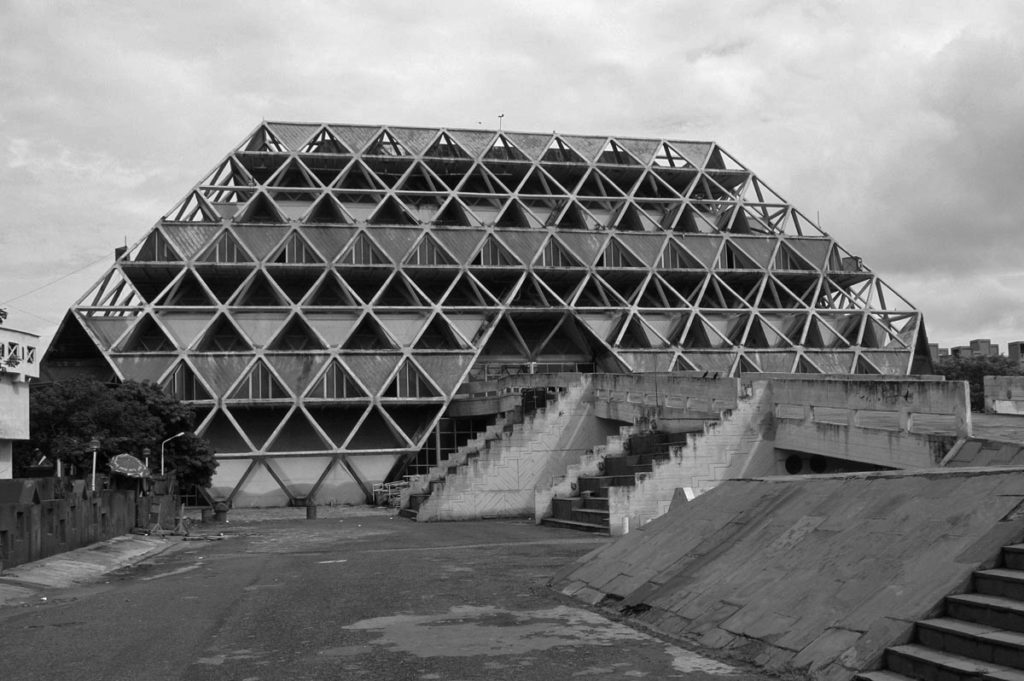
The complex was built in celebration of the 25th anniversary of India’s independence. Its monumental shapes and high tech appearance are supposed to represent the rapid development and modernization of the country. The lattice is rendered in cast-…
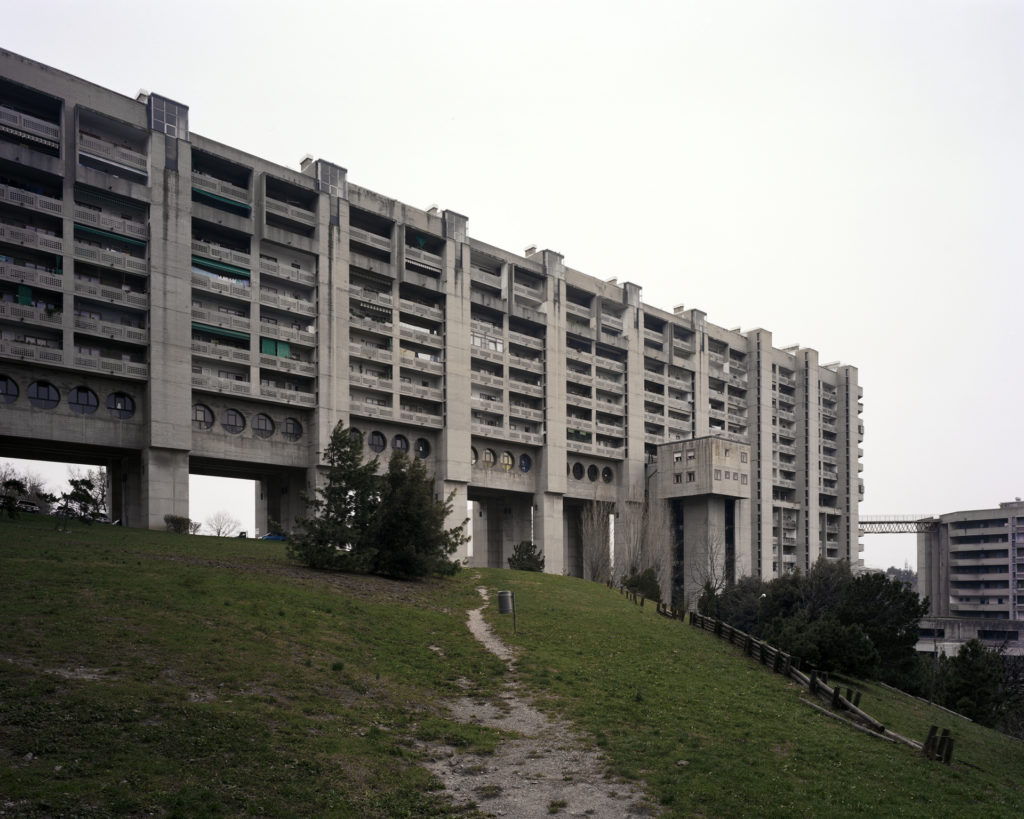
No description yet: Can you help?
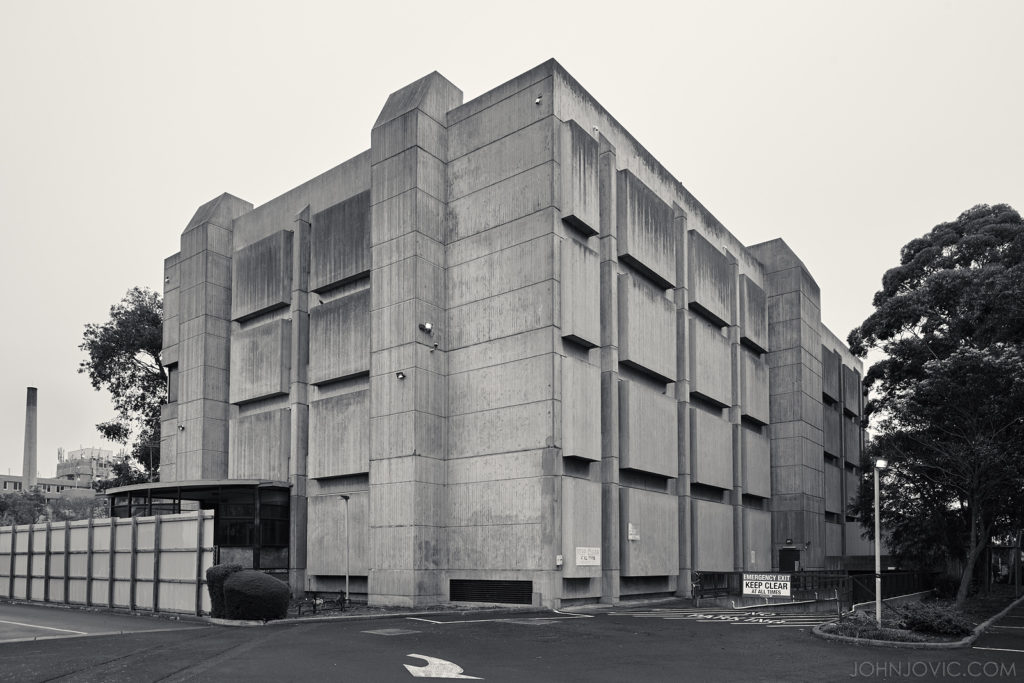
No description yet: Can you help?

No description yet: Can you help?
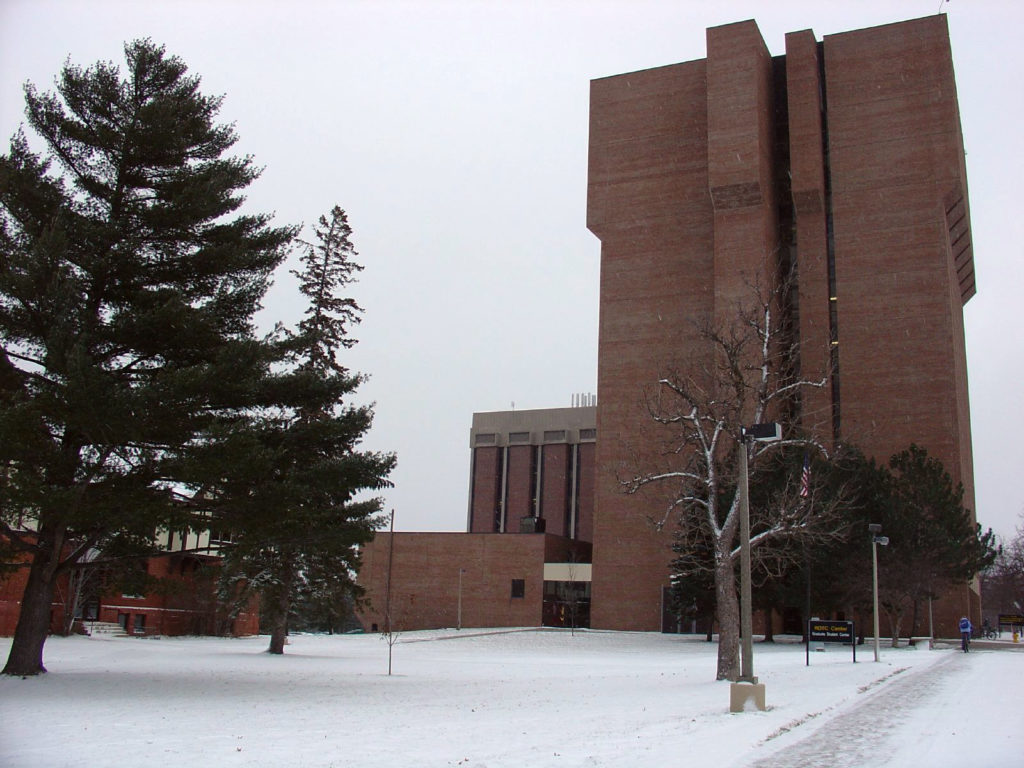
No description yet: Can you help?
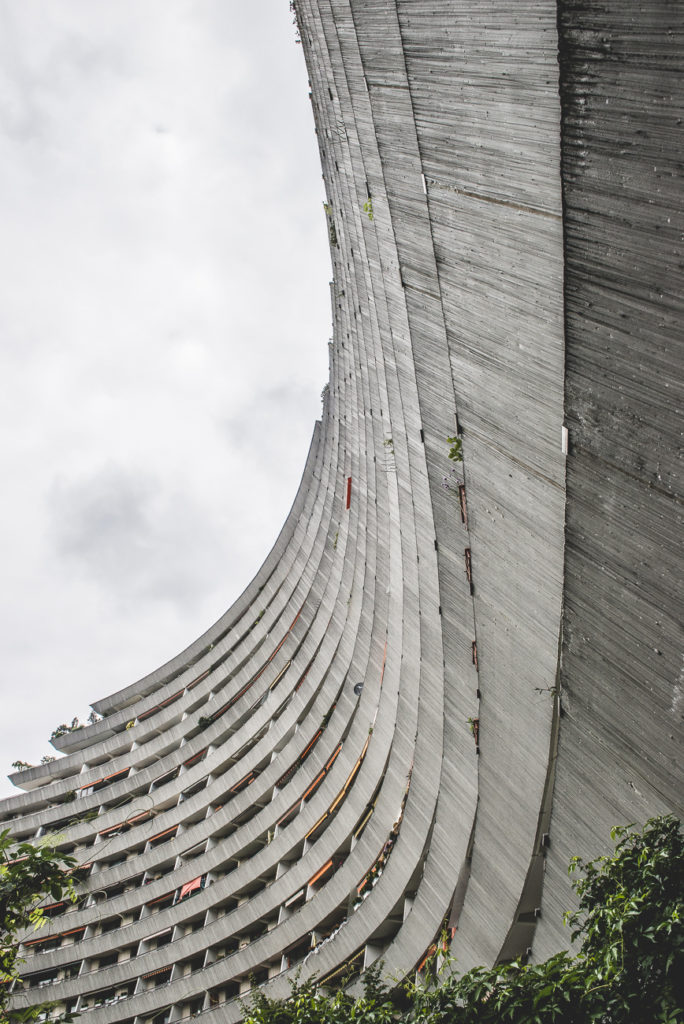
No description yet: Can you help?